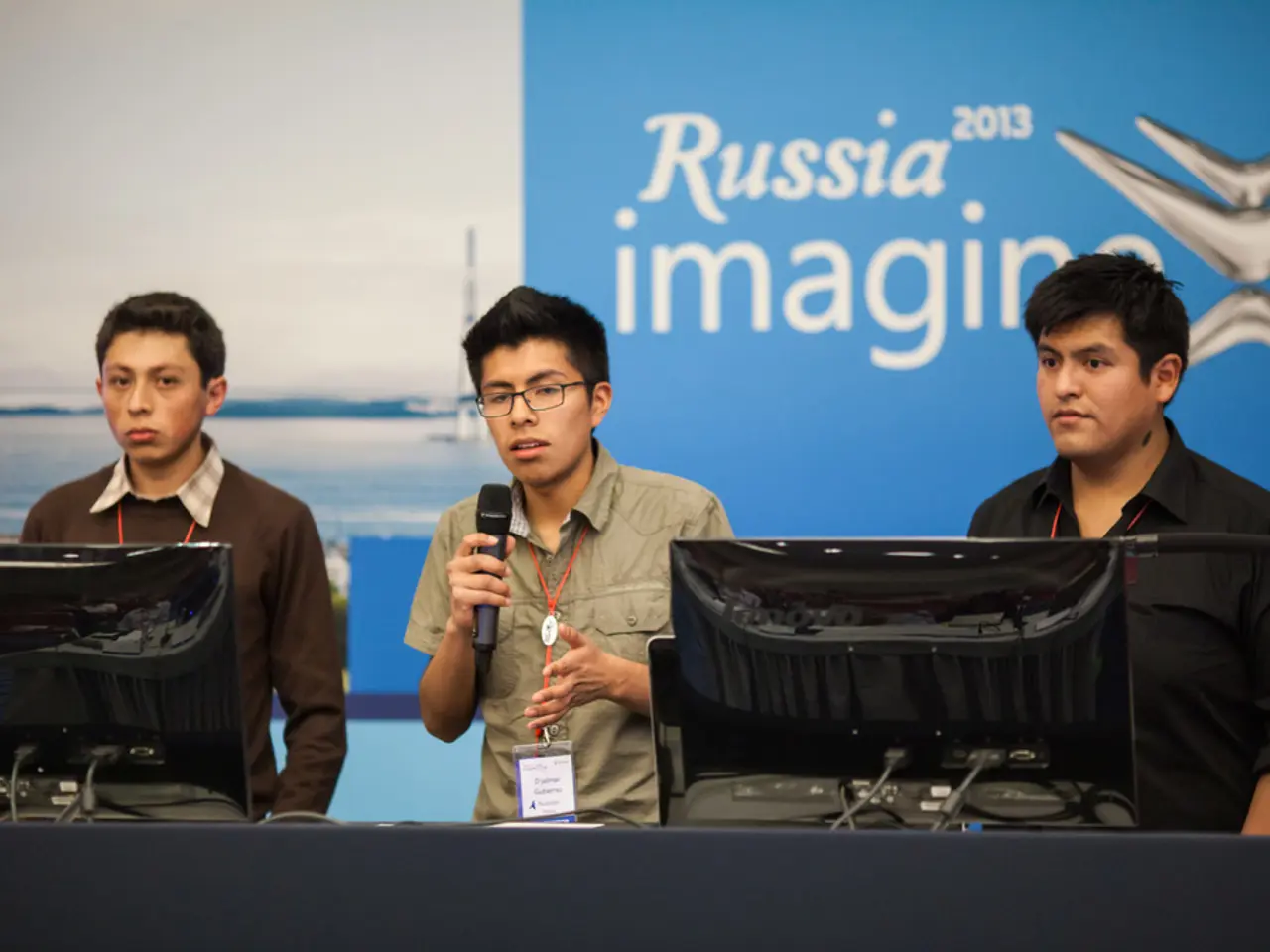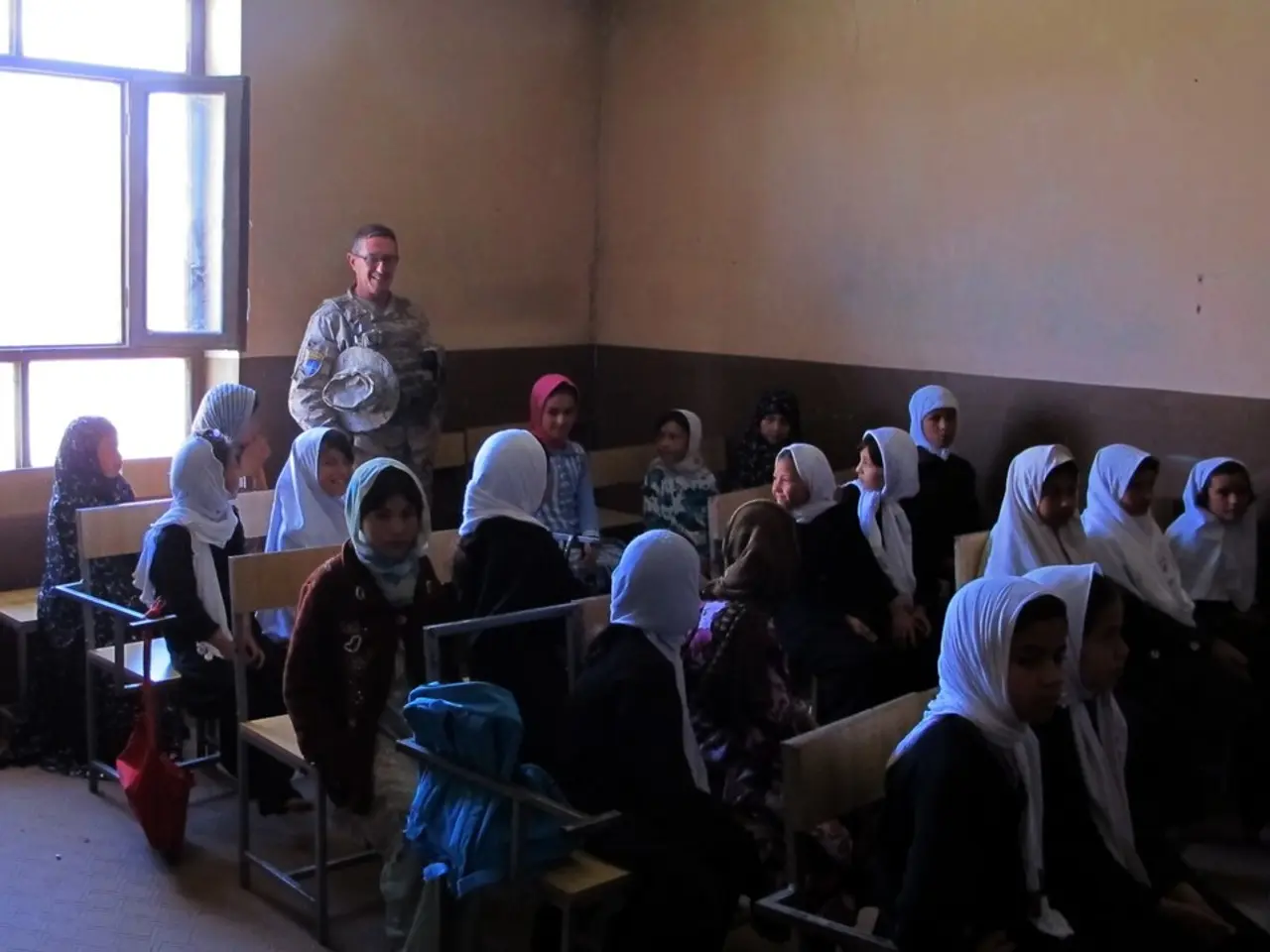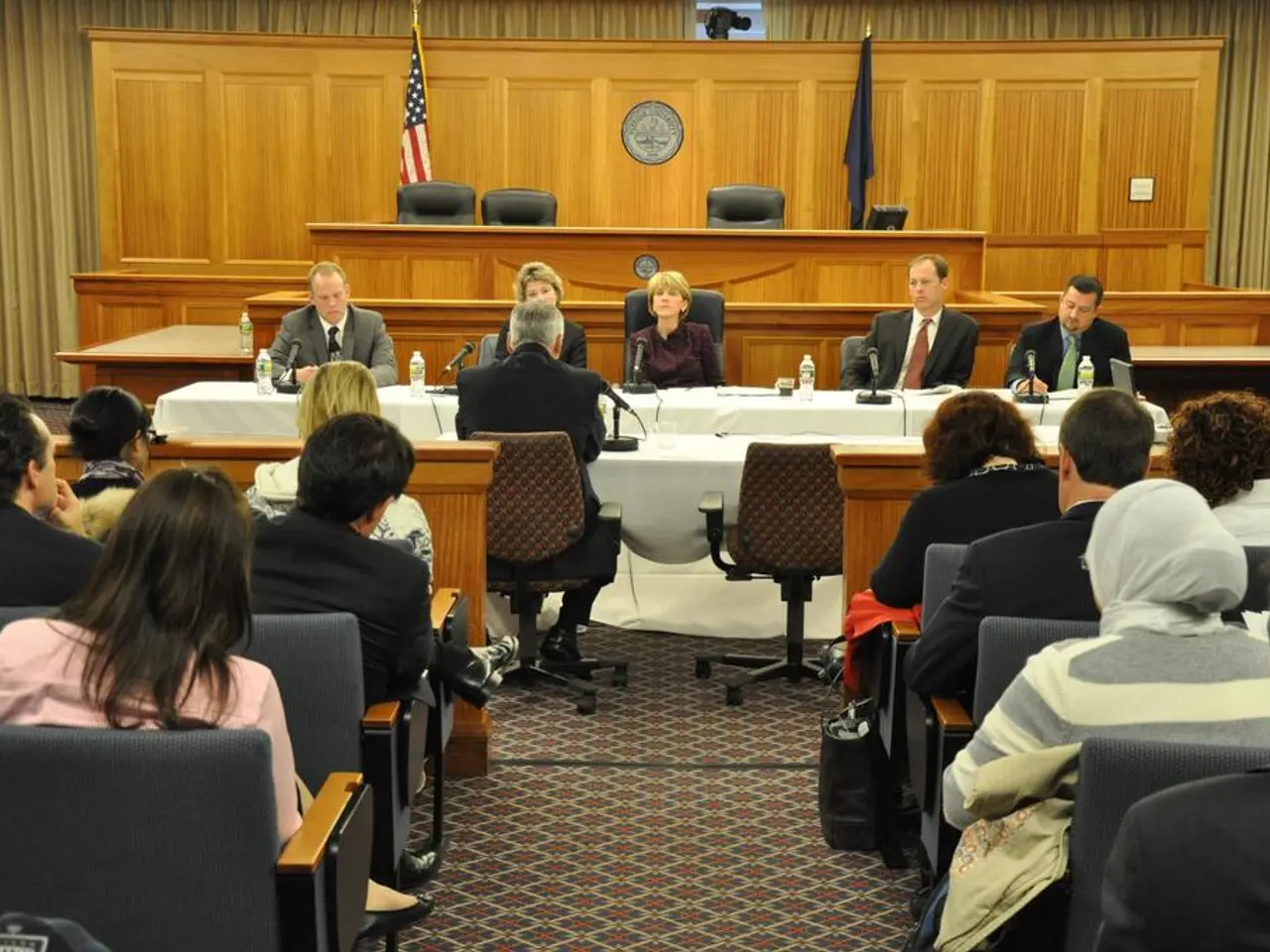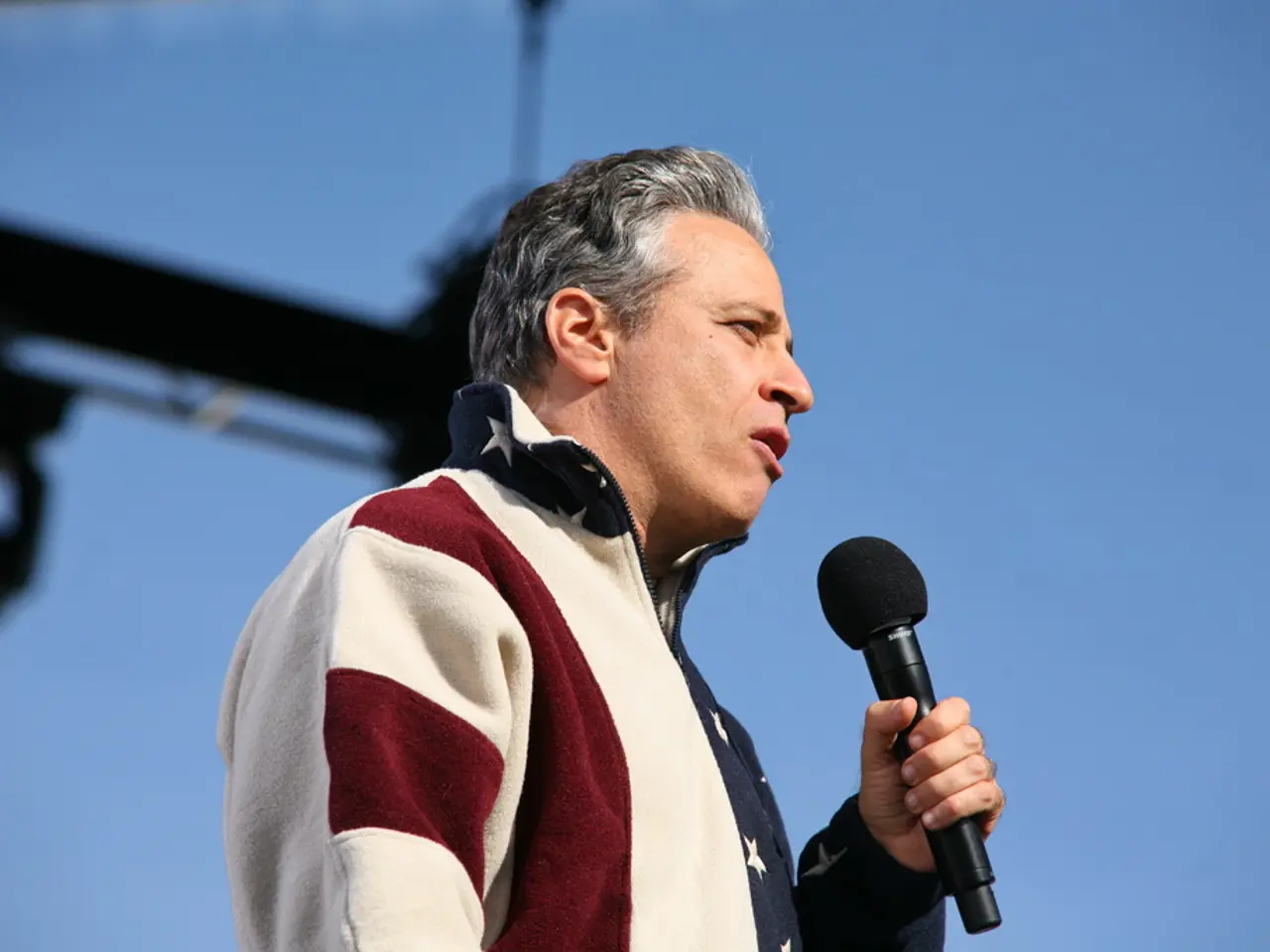Moscow Experiences Moderate Level of Influence
Tentative Ceasefire Negotiations in Ukraine: A Fragile Path to Peace
As the world marks the 80th anniversary of the atomic bombing of Hiroshima, high-profile meetings between global leaders continue to address the complex and volatile situation in Ukraine. The latest of these meetings, between Steve Witkoff, the White House special envoy, and Russian President Putin in Moscow, has shed light on the intricate web of geopolitical maneuvers surrounding the conflict.
Ceasefire Negotiations: A Long and Challenging Road
The ceasefire negotiations, involving the U.S., Russia, India, and Ukraine, remain highly complex and inconclusive. The gulf between Russia’s demands and Ukraine’s willingness to compromise remains wide, with no formal ceasefire agreement yet in sight. Territory swaps alone are seen as insufficient by experts and Ukrainian leadership.
Ukraine's Absence and Domestic Constraints
Ukrainian President Zelensky's absence from key talks reflects constitutional and political limitations on what Ukraine can accept, particularly regarding ceding territory or sovereignty. This limits the negotiators’ room for maneuver and complicates any agreement.
Putin's Strategy: Military Pressure and Economic Incentives
Russia under Putin continues a dual strategy of military pressure, including drone strikes on Ukrainian cities, alongside economic incentives aimed at isolating Ukraine and Europe. This hardline stance keeps the conflict active while attempting to project willingness for peace to the West.
The U.S. and Western Role
The U.S. and European partners are focused on preparing frameworks for a durable peace agreement that would impose heavy political, economic, and military costs on Russia for ceasefire violations. However, immediate prospects for a ceasefire remain slim, with expectations that war could continue through 2025 and into 2026.
India's Role: Limited or Indirect
While India is mentioned as part of the broader group of interested parties, explicit involvement or influence in the ceasefire talks or the recent Alaska summit is not detailed in the available sources, suggesting India's role is currently limited or indirect.
Geopolitical Impact
The stalemate and ongoing conflict represent a significant challenge to the liberal international order. Putin’s tactics reflect a mercantilist, zero-sum approach that undermines multilateral security frameworks and norms. The conflict's resolution will likely require complex multi-dimensional negotiations extended over months or years, with profound implications for regional and global security.
The Risk of a Prolonged Conflict
The Kremlin's actions suggest a strategy to delay a resolution for the Ukraine conflict, potentially prolonging the conflict. This strategy could lead to a heightened risk of a greater catastrophe, given the involvement of nuclear powers in the region.
The Price for Peace
The increased price for peace in Ukraine indicates a heightened stakes in the conflict. The U.S.'s threat of tariffs on India for buying oil from Russia is a point of contention in international relations, with the potential to push India further towards China and Russia.
In conclusion, the ceasefire talks currently reflect a fragile and tentative diplomatic process with no imminent breakthrough. The conflict’s resolution will likely require complex multi-dimensional negotiations extended over months or years, with profound implications for regional and global security. The risk of a greater catastrophe exists if the nuclear powers do not find a solution for Ukraine.
- The ceasefire negotiations, involving the U.S., Russia, India, and Ukraine, are taking place amidst the challenging landscape of war-and-conflicts, as highlighted by the ongoing Ukraine conflict.
- The negotiations, fraught with complexities and challenges, have so far remained inconclusive, with the gulf between Russia and Ukraine on demands and compromise issues yet to be bridged in the context of global politics.







